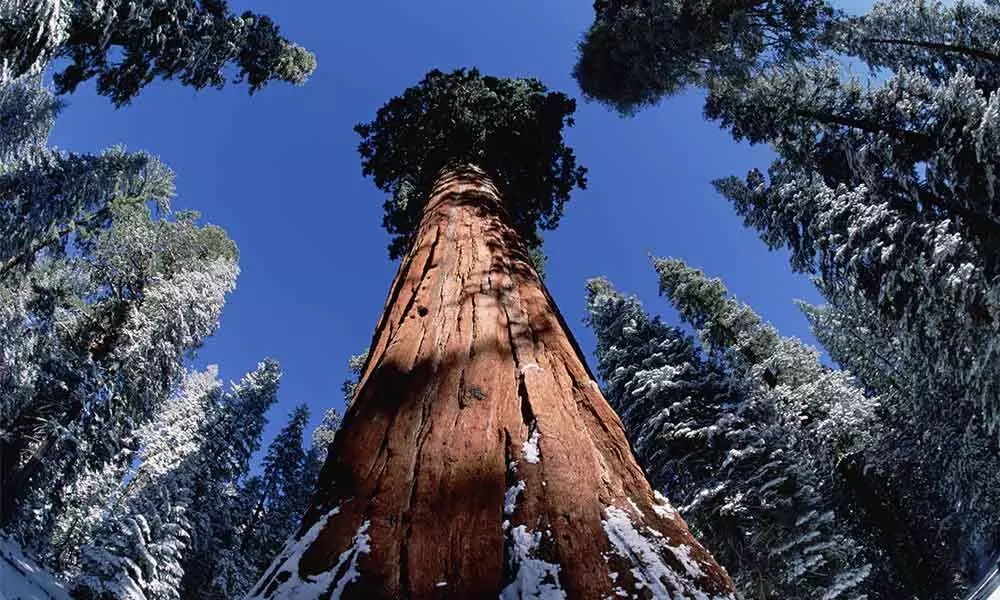Forest's Vitality Depends On Rare And Ancient Trees

Ancient and old trees like “General Sherman,” a giant sequoia in California, can be a forest’s insurance policy for weathering environmental change.
- A huge oak tree in England's Sherwood Forest enabled Robin Hood flee the corrupt sheriff of Nottingham over 800 years ago.
- The new research observed that such ancient trees dating back over 3000 years, which are critical to the sustainability of their ecosystems.
A huge oak tree in England's Sherwood Forest enabled Robin Hood flee the corrupt sheriff of Nottingham over 800 years ago. Though the narrative is most probably considered as fiction,l but in the meantime, the tree itself is not a myth as it is one of the world's oldest oaks.
The new research observed that such ancient trees dating back over 3000 years, which are critical to the sustainability of their ecosystems. Another new study finds that rare trees, some of which are so rare that scientists have yet to discover them, are crucial to forest health.
According to William Laurance, an ecologist at James Cook University in Cairns who was not engaged in the study, the findings suggest that conservationists should do more to safeguard the world's oldest and rarest trees. Since forests are such essential ecosystems, storing carbon, reducing water runoff, providing food and shelter for a variety of animals, he argues that such an approach is not just excellent for the forest ecosystem, but also critical for the planet's health.
Charles Cannon, an ecological evolution researcher at the Morton Arboretum, wanted to know how many ancient trees there in a typical forest. Furthermore, ancient is a question of perspective and species. In oak woods, where most trees live fewer than 100 years, ancient trees can live for about 1000 years while in bristlecone pine forests, ancient trees can live for over 3000 years.
Ancient trees may possess DNA that enables them more susceptible to fungal infections or less prone to be toppled by the wind. Because these people have endured hundreds, if not thousands, of years of climate change, old-timers who arose in a totally different environment offer a mechanism for the forest to thrive if climate change returns to pre-industrial levels.
Conservation scientist Gianluca Piovesan, a co-author at the University of Tuscia, believes that ancient trees represent an invaluable hub of biodiversity. He claims that unusual insects and other animals build their homes in them. To adapt to an ecologically sustainable future, they must protect old-growth forests and ancient trees.
Furthermore, ecologist Peter Reich of the University of Michigan in Ann Arbor and the University of Minnesota in Twin Cities has focused on the richness of tree species present in forests. He and a group of collaborators assembled a data set of 40 million trees from more than 90 nations, resulting in the first scientific estimate of the entire number of tree species.According to Reich and his colleagues, the world's tree species number around 73,000, with about 9000 yet to be recognised and catalogued.
One-third of identified species, as well as even more nameless taxa, are rare, with only one or two individuals in a survey. And, because uncommon trees, such as ancient ones, may contain genes that benefit the entire forest, Reich believes that protecting these species is also important.
The study discovered that tree biodiversity—the proportion of species per forest is highest in South and Central America, Africa, Asia, and Oceania. He goes on to say that this helps to create a benchmark to assist us prioritise conservation initiatives, implying that those continents in need of the most support.
Next Story
















